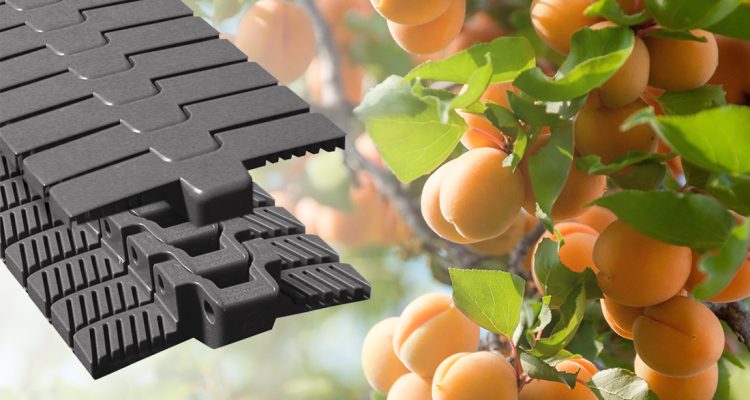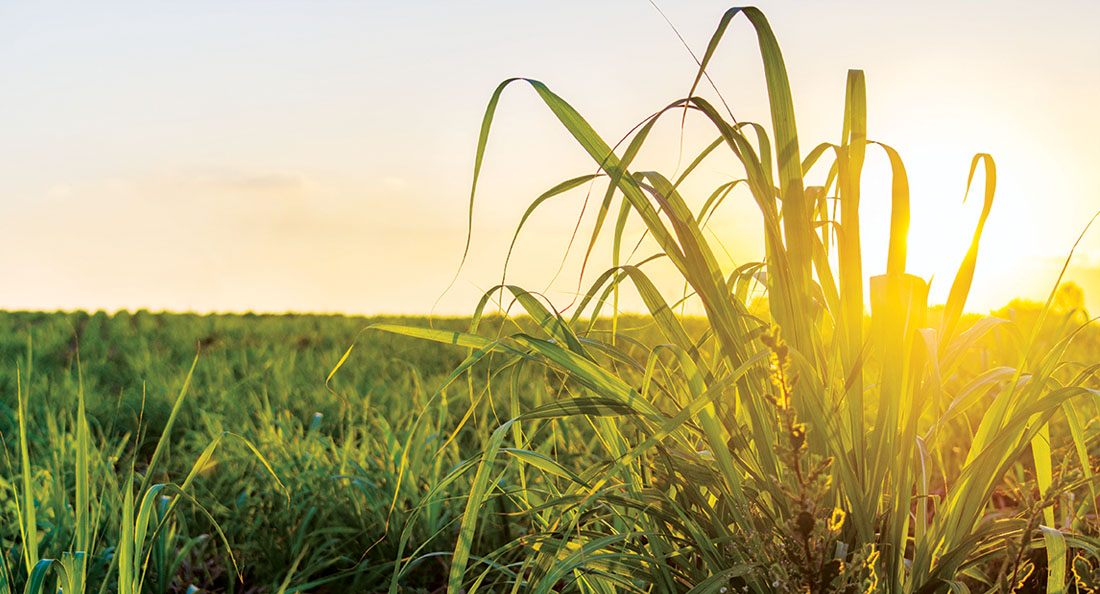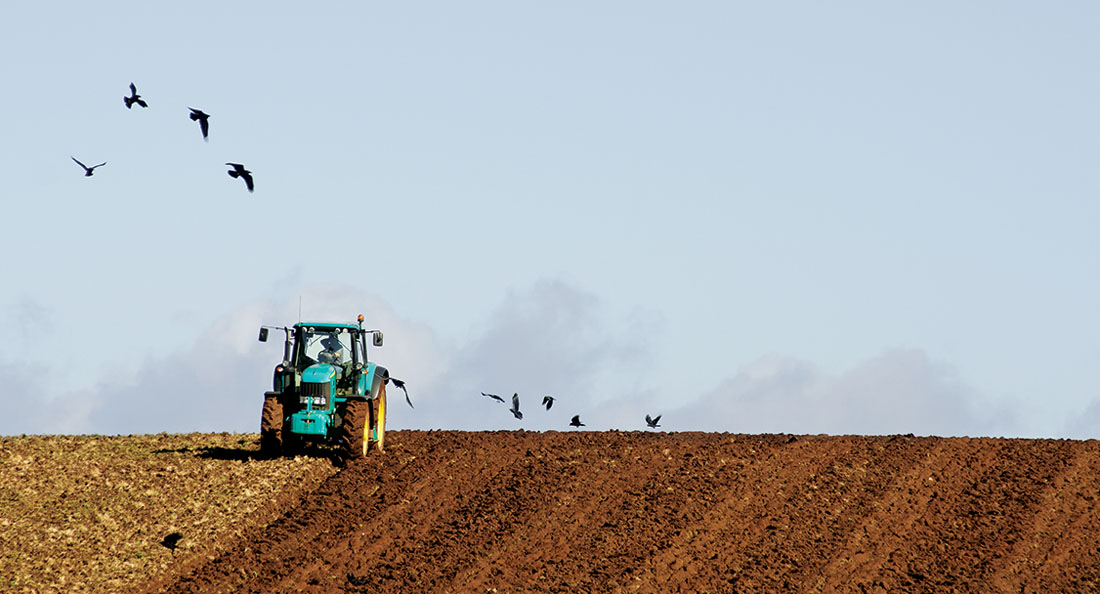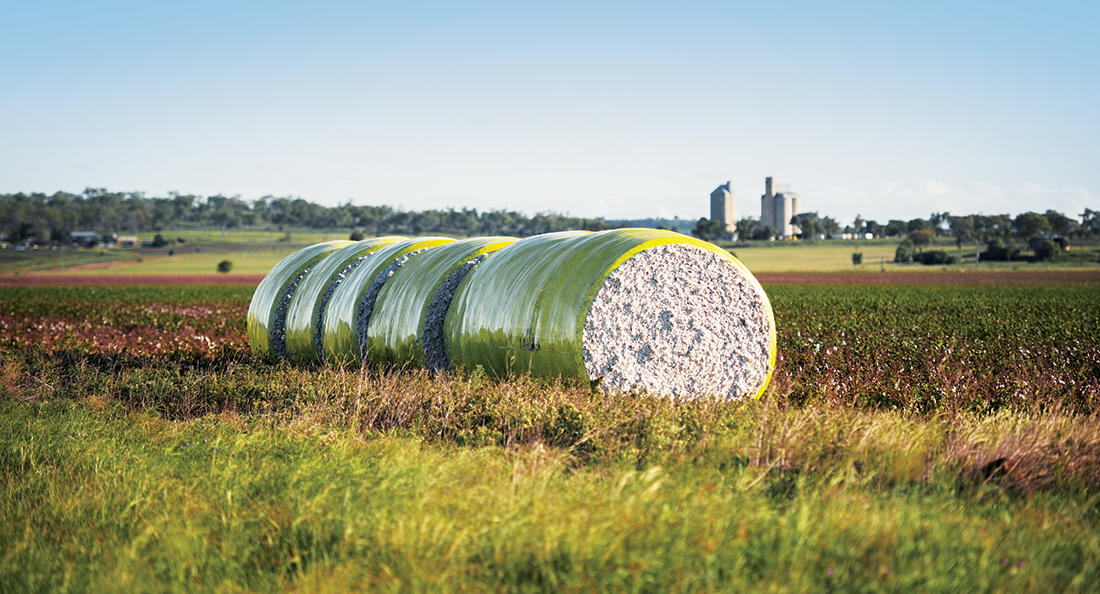In Australia, many commercial-scale orchards are located in close proximity to canning facilities, where stone fruits such as apricots, peaches, and plums are processed and packaged before beginning their journey to supermarket shelves. Around 56,800 tonnes of fresh fruit are harvested annually for canning1, with most of these operations based in Victoria’s Goulburn Valley or the Sunshine Coast in Queensland.
According to Troy Markland, National Product Manager for Power Transmission at Motion Australia, automation within a canning facility is key to keeping things running smoothly, and conveyor systems play an integral role.
“These sites typically have a high volume of cans moving down a single conveyor at the same time,” he explains. “Often, they will be running 24/7 during harvest season, so ensuring that the process is reliable, and that failure won’t halt production, is paramount.”
For this reason, Troy recommends the MatTop and TableTop conveyor chains from industry-trusted brand Regal Rexnord. Constructed from robust poly acetal material, these chains feature extreme temperature and chemical resistance, as well as low friction capabilities to avoid slippage or strain during service.
“They are available in both straight-running and side-flexing options, which essentially means that the layout of the conveyor can remain compact and tailored to the site’s floorplan,” he explains. “The chain’s modularity also makes it easy to install, or change-out single sections rather than forfeit the entire length if damage occurs.”
The TableTop chain is constructed in set widths, and is ideal for high-strength, high speed applications. For greater width requirements, and a continuous conveying surface, Troy suggests the MatTop.
Matt Crehan, National Product Manager at Regal Rexnord, explains that the strength of acetal as a standard material accommodates low friction additives, helping to reduce container tipping and inconvenient jams at transfer points.
“We began developing this technology in the 1970s, specifically to address the common challenges with high-speed conveying applications. As automation has evolved and become an integral part of food processing, our portfolio caters to optimisation of sustainability, energy usage, and water consumption.”
Troy posits that changing out conveyor chain prior to a busy harvest season will help any food processing site get the most out of their equipment. The benefit of Motion Australia and Regal Rexnord’s supply relationship comes to light in their ability to navigate global stock challenges and carry out joint assessment on each unique project.
“In my role at Motion Australia, I have been working alongside the Rexnord company for many years, across a wide scope of industrial settings,” he reflects. “I have been involved in the implementation of their product on a number of large projects, and we collaborate by drawing on each other’s technical expertise.”
“Whether the customer is looking to troubleshoot an ongoing issue, or increase their equipment performance, we are enthusiastic and well-placed to achieve the best long-term outcome.”
Fred the Farmer’s tips for cleaning conveyor chain
When transferring fresh produce, build-up of grease, dirt and other contaminants is likely to occur over time. This can lead to the following issues:
• Accelerated wear on sprockets, joints, and hinges
• Damage or compromised product
• Chain pulsation
• Excess horsepower requirements
It’s important to carry out a regular and thorough cleaning procedure, to ensure the optimal life and performance from your equipment. For lubricated lines, Fred recommends this be done weekly, but for dry running lines, a daily clean and sanitation is best. When choosing the right cleaning solution, consider:
• Products with a pH reading of 4-10
• For plastic chains, avoid phosphoric acid, chlorine, ammonia, and iodine
• Make sure that any cleaners and lubricants are compatible with the chain, wear strip and sprocket materials
References:
- https://www.orchardtech.com.au/canned-fruit-production-in-australia-2019/




